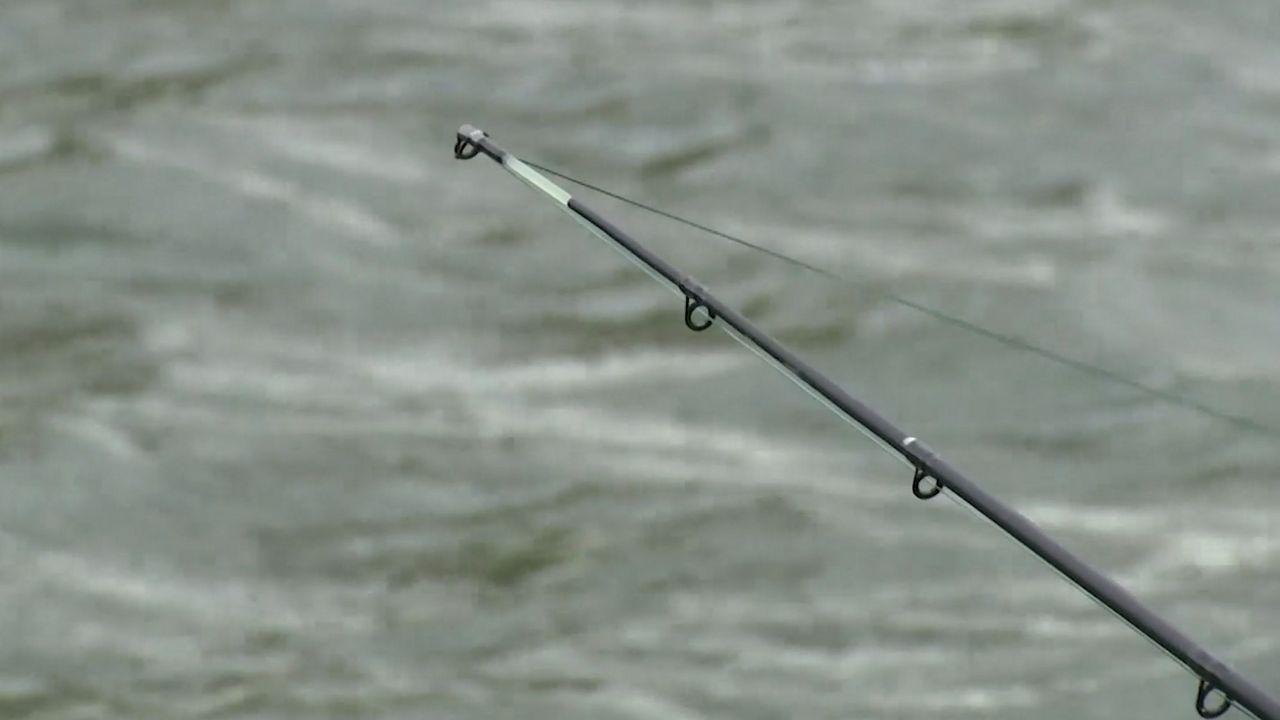MADISON, Wis.— The Wisconsin Department of Natural Resources released the final PFAS Action Plan on Wednesday. The Plan maps out how the state plans to address the contamination of the harmful set of manmade chemicals in Wisconsin's environment.
The Plan details 25 action items to reduce the impact of the chemicals and includes input from almost 20 state agencies and several rounds of public comment. A draft of the plan was released in October.
“The DNR is proud to lead the effort toward addressing environmental contamination by PFAS in Wisconsin,” said DNR Secretary Preston D. Cole in a press release. “We look forward to continuing to work with other state agencies, the university system and Wisconsin communities to put forth and implement solutions that will protect the public and support our businesses.”
PFAS (per- and polyfluoroalkyl substances0 are commonly used in things like firefighting foam, paper wrappings, nonstick pans, some fabrics, among other things. They also are often referred to as “forever chemicals” because they don't really break down in the environment.
They move around easily in the environment through waterways and the atmosphere. If digested at high levels through water or food like fish, the chemicals can cause harmful health complications in humans like kidney disease, some cancers, and developmental problems in fetuses and infants.
The Wisconsin PFAS Action Council — or WisPAC — put together the Action Plan after more than a year of compiling information and consulting with stakeholders. Governor Tony Evers (D-Wisconsin) created the group and the Action Plan initiative with an executive order in 2019.
“I am proud of the efforts from our state agencies and the contributions by the public to connect the dots and develop this comprehensive blueprint for our state to address these forever chemicals,” Gov. Evers said in a press release Wednesday. “I look forward to evaluating the plan and the dozens of recommendations provided to find how we can best move our state forward in addressing PFAS for the health of our families, communities, and wildlife.”
There are more than 5,000 types of PFAS, and a small percentage of them are able to be tested and regulated. The Department of Health Services recommended 12 more PFAS compounds be added to state-regulated substances in November.
The Plan's 25 Action items are categorized into eight themes according to the DNR: standard setting, sampling, pollution prevention, education and communication, research and knowledge, phase-out, future investments and historic discharges.
Part of the plan includes identifying PFAS contamination areas. Some work has already been done on this, identifying contamination in places like Marinette, Milwaukee, Madison and La Crosse. However, WisPAC representatives say they plan on testing more municipal water in the state, with the long-term goal of testing each public water system.
“PFAS contamination puts people’s health at risk. We must effectively address this hazard. The issuance of the PFAS Action Plan is a significant step as we continue working to provide stronger protection for Wisconsinites against forever chemicals,” said Attorney General Josh Kaul in a press release.
The Plan recommends investing in more research into PFAS and setting science-based standards for the chemicals in water and soil. It also suggests the state develop risk communication infrastructure for contamination and streamline safe-drinking water supplies to people and communities with contaminated water.
Because PFAS is virtually impossible to eliminate from the environment once it sets in, part of the plan zeroes in on preventing further contamination. It suggests developing laws and regulations on identifying essential and non-essential PFAS use and phasing out of all unnecessary instances of the chemical.
PFAS is commonly used in water-proof paper packaging, and while Wisconsin's paper mills have largely switched from long-chain PFAS compounds to short-chain ones, the Action Plan suggests limiting the use further to prevent contamination from landfills with the paper products.
The Plan also recommends state agencies limit purchases of products containing PFAS. Though the Plan highlights other states and countries that have taken steps like this, it is still working to set goals for when the state would accomplish them, and WisPAC plans to keep meeting to set standards and goals like that.
“That would be something we're going to be working on and committed to in the plan and that would be something that would be transparent out there on the WisPAC website as well,” said Darsi Foss, Environmental Management Division Administrator for the DNR in a media briefing Wednesday.
The Plan takes a special look at environmental justice and how to minimize PFAS's impact on less-privileged communities.
“According to national studies, PFAS has disproportionally impacted communities of color and low-income communities,” The Plan said.
Several communities rely on fishing for food in Wisconsin waterways, if the fish come from a PFAS contaminated waters source, the chemicals are likely in the tissue of the fish and can be digested into people eating it. The Plan suggests building communication infrastructure for higher risk communities to inform them of PFAS risk as well as further research into where contamination is.
The Plan also recommends the state take extra steps to help veterans, their families, people who live near military sites, and firefighters who have been more likely to be exposed to PFAS from firefighting foam and training activities on bases over the years.



